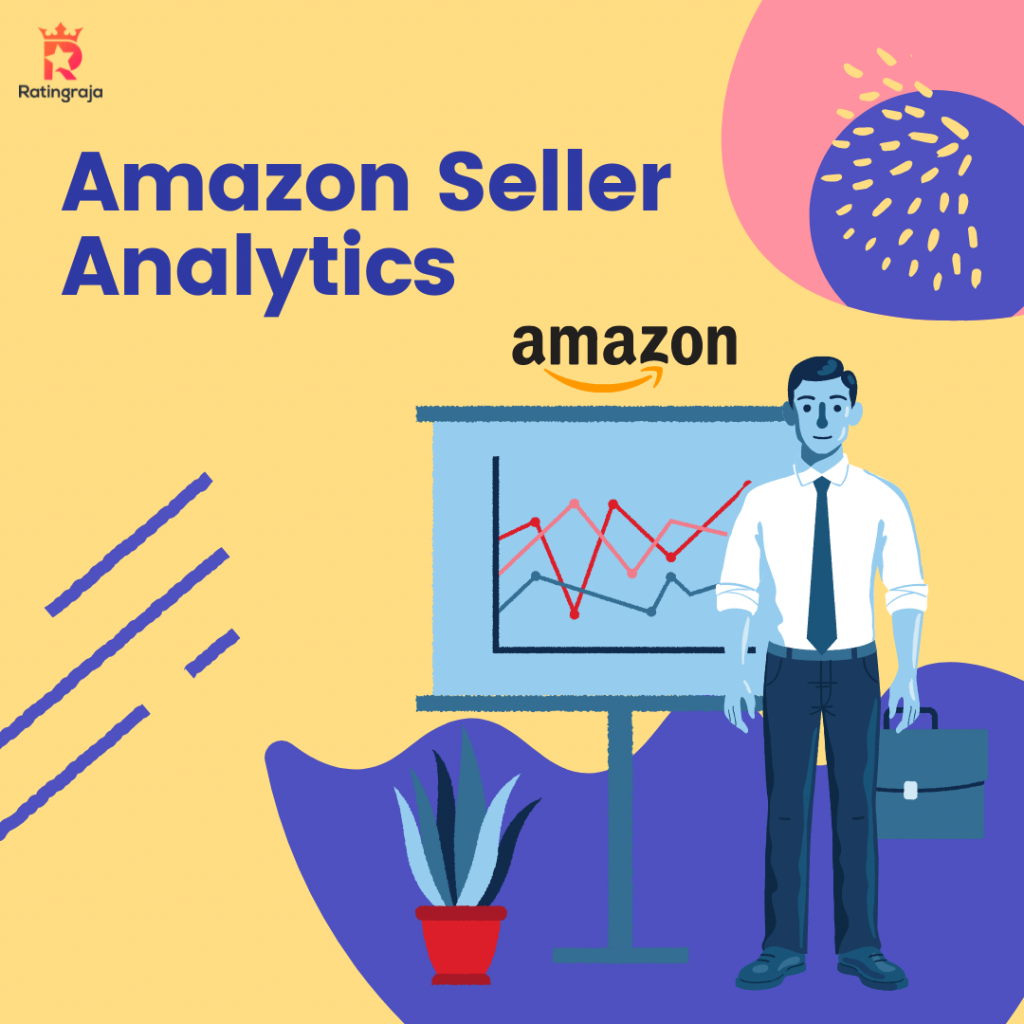
Amazon Seller Analytics to Help You Grow Your Business
Amazon Seller Analytics to Help You Grow Your Business
Because of the increasing competition on Amazon, you must keep looking for new ways to expand and improve your business. But where do you begin? Your Amazon seller statistics can often help you figure out where to go and how to get there.
You may start making more educated decisions that enhance your performance and profitability by evaluating key data like consumer behavior, product rankings, reviews, and sales.
Amazon Seller Analytics to help you grow your business in 2022 and beyond!
- Important Trends and Numbers to Watch
- Category Trends and Market Share
- Product Search Visibility
- Profitability
- Ad Spend Optimization
- Price Optimization
- Review Analysis
Trends you should keep in Mind as a Seller
- Global eCommerce is becoming more Accessible
- B2B is Likely to Take Over B2C
Our Analysis from the last few months of Top Performing Categories on Amazon-
- Home & Kitchen
- Beauty & Personal Care
- Health & Household
- Sports & Outdoors
- Electronics
So, these are the Top-level categories only, if we talk about leaf-level categories they are close to Four Hundred Thousand leaf-level categories on Amazon.
Amazon’s Most Profitable Categories
- Electronics
- Toys and Games
- Clothing, Shoes & Jewelry
So, these are the categories where a seller or a category manager can get a good profit.
Boost your Amazon Business in ten different ways.
- Market Share-
What percentage of sales does your product and brand currently have in the relevant product category?
Every year, the number of products in fast-moving categories grows at least 30%
Data you need-
- Unit Sales or Estimated Sales.
- Total Category or Sub Category unit Sales.
- Best Selling Rank Product.
- Historic Data to Identify Trends.
- Product Search Visibility-
Efforts taken to improve product visibility need to be tracked/ monitored.
Alert on significant changes to product ranks in the search result.
Tracking search visibility of a product at a daily cadence is recommended.
Data you need-
- Page Rank for the product (keyword).
- Search result position of the product (keyword).
- Position of Advertised product (keyword).
- Historical Page Ranking and product positions.
- Listing Optimization-
Periodic maintenance of listing improves conversion rate significantly.
Alert on significant changes needed to the listing based on competitive products.
64% of consumers purchase a product after watching branded social videos.
Data you need-
- Keywords relevant to the base keywords.
- Listing quality score against the category average.
- Search volume or frequency rank (keyword).
- Conversion rate.
- Product position in the search results (keyword).
- Profitability-
An accurate understanding of each expense type is crucial to building a sustainable eCommerce business.
Identify triggers that change the profit structure to respond with agility.
FBA vs FBM, analyses and identify which is better.
Amazon can charge over 60 types of different fees based on various factors like account type, product type & size, storage, fulfillment, etc.
Data you need-
- Fees (order account)
- Tax (order)
- Discounts (order)
- CoGS (Item)
- Additional cost (Account)- shipping, promotion & advertising.
- Ad Spend Optimization-
Execute your advertising strategy without any wasteful spending.
Manage your ad budget allocation over various types of advertising campaigns.
Benchmark ads against the competition for better conversation.
Advertising on Amazon now costs, on average, $1.20 per click, up 30% from $ 0.93 at the end of last year and up over 40% year-over-year.
Data you need-
- Impressions (keyword)
- Clicks (keywords)
- Attributed orders (keywords)
- CPC range (keywords)
- Target ACoS
- Keyword insights
- Performing / Non- Performing keywords.
- Review Analysis-
Gather feedback on products via reviews.
Foster more review post purchases to improve organic ranking.
Invest in converting every purchase into a review, and a positive one.
Data you need-
- Basic Buyer Details (order)
- Sentiment Analysis (review)
- Review rate
- Tracking and monitoring review requests.
Note- Best and genuine feedback and review tool provider is Rating Raja, you much give us a chance.
- Price Optimization-
Optimize prices through traditional techniques or contemporary ML models.
Derive actionable insights – a 3%, price decrease can provide a 15% increase in sales.
82% of people say that competitive pricing is the most important aspect of shopping at an online eCommerce store.
Data you need-
- Current price + Historical price changes.
- Order and history at separate price points or estimated sales.
- Above data for both brand owned and competition.
- Price Wars-
Respond to price changes with a dynamic pricing strategy.
Get notified on price change events.
The best defense is a good offense:
Amazon Changes its prices more than 2.5 million times a day.
Data you need-
- Own Buy box? Buy box share.
- Alert when you win or lose Buy box.
- Winning product and its price when Buy box is lost.
- Price historical data to update product price.
- Product Research-
Slice and dice product listing data on Amazon to identify new opportunities and potential products.
Don’t forget to assess the product innovation scope for improvement does the existing product has.
Data you need-
- Product rank.
- Estimated sales (product).
- Product reviews and sentiment.
- Potential demand (product).
- Category Competition, saturiations.
- Competition presence, market share.
- E-Commerce Automation-
E-commerce automation is a Stop- Loss trigger for your advertising spend.
Every department with any seller has an element that can be automated, such as
- Supply chain.
- Listing Optimization.
- Advertising operations.
Data you need-
- Impressions (keyword).
- Clicks (keyword).
- Attribute orders (keywords).
- CPC range (keyword).
- Keyword insights.
